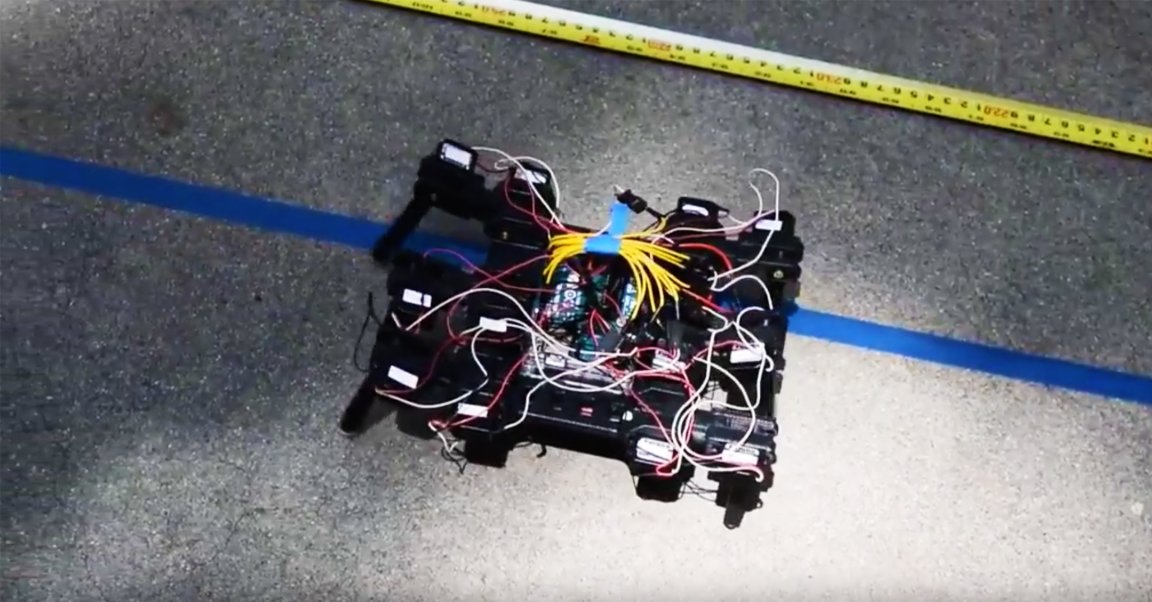
Want a robot that can navigate the world as easily as an animal? Then you have to design it to move the same way an animal does. This week, students enrolled in the University of Southern California’s (USC’s) Biologically Inspired Robotics course shared the results of their efforts to mimic animal movements in a robot.
In a posted on the university’s site, the students’ mini robots – with characteristics reminiscent of cats, crabs, and other creatures – shuffle along adorably on their plastic and metal legs. Each bot completed a trek 30-times the length of its body — the benchmark for success in the undergraduate course.
Watch the adorable animals robots in action for yourself:
Animals have been kicking it on Earth for about 650 million years. That’s a whole lot of time for evolution to work out any biological kinks. Today, we have more than a million animal species with bodies perfectly suited for navigating life on this planet (plus a few mind-boggling exceptions).
As Satyandra “S.K.” Gupta, the course professor, noted in a USC news release, roboticists see tremendous value in studying the natural world and applying that knowledge to their designs.
“Taking inspiration from nature offers new possibilities for realizing novel robots,” said Gupta. “As such, bio-inspired robotics has emerged as an important specialization within the field of robotics.”
Thanks to the efforts of those specialists, we now have robots that can withstand pressure like cockroaches, swim like seas turtles, and scale walls like insects. And, of course, we can’t forget about arguably the most famous animal-inspired robot of all: Boston Dynamics’ SpotMini.
Perhaps the bio-inspired robotics bug will bite one of these USC students, and they will go on to dedicate their career to bringing the best of Mother Nature into the robotics lab.